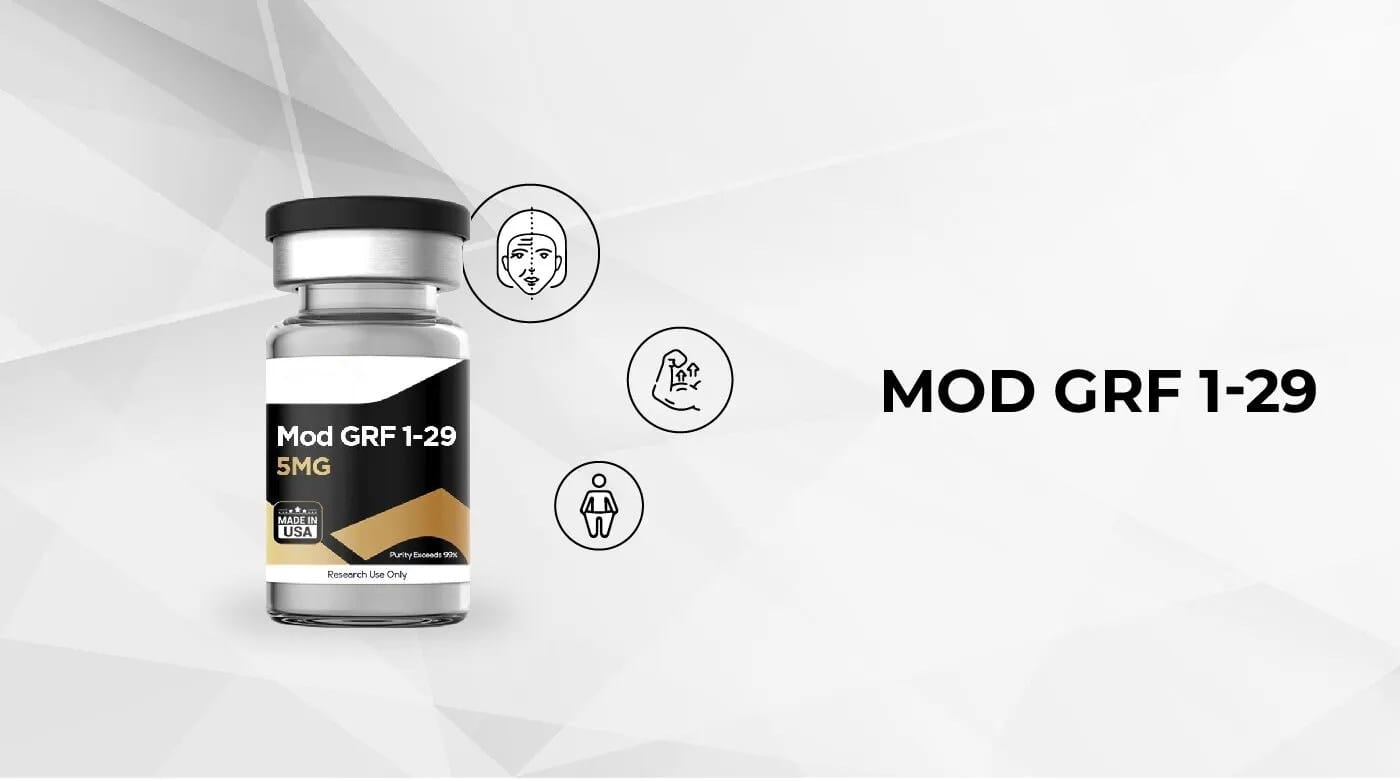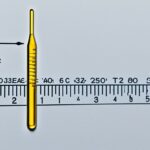This comprehensive guide demystifies peptide dosage calculations, reconstitution, and safe usage. From understanding the science behind peptide dosing to mastering the use of a peptide calculator, we’ll equip you with the knowledge to navigate peptide therapy with confidence. Remember, while this guide offers valuable information, consulting with a qualified healthcare professional is crucial for personalized advice tailored to your specific needs.
Demystifying Peptide Dosage
Understanding peptide dosage is fundamental to a successful peptide therapy regimen. It involves determining the precise amount of peptide to administer, typically measured in micrograms (mcg) or milligrams (mg). Precision is paramount, as even slight variations can impact effectiveness and potentially lead to adverse effects. Several factors influence the ideal peptide dosage:
- Body Weight: Dosage is often calculated based on body weight (mcg/kg). A larger individual may generally require a higher dose than someone with a lower body weight.
- Peptide Type: Different peptides have unique potencies and half-lives (the time it takes for half the peptide to be eliminated from the body). Some are highly potent, while others are milder, necessitating adjusted dosages.
- Administration Method: The delivery route significantly impacts absorption. For instance, injections often offer higher bioavailability than oral administration, potentially influencing the required dosage.
- Therapeutic Goal: Your specific objective, such as muscle growth, tissue repair, or other therapeutic aims, is perhaps the most crucial factor in determining the optimal dosage.
Peptide dosage calculators are invaluable tools for simplifying these calculations. They take the guesswork out of determining the correct dose by considering your body weight, peptide concentration, and desired dosage. Understanding units (mcg, mg) and concentrations is also essential for accuracy.
Safely Reconstituting Peptides
Reconstituting peptides, or mixing the lyophilized (freeze-dried) powder with a liquid, requires a meticulous approach. This process ensures the peptide’s potency and safety. Here’s a step-by-step guide:
Materials:
- Peptide vial (containing the lyophilized peptide)
- Bacteriostatic water (essential for preventing bacterial growth; do not use regular sterile or distilled water)
- Appropriate syringe (insulin syringes are often preferred for their precision with smaller volumes)
- Alcohol swabs
Steps:
- Sanitize: Clean the rubber stopper of the peptide vial and the injection area with an alcohol swab.
- Draw Up Water: Carefully draw the calculated amount of bacteriostatic water into the syringe.
- Inject Water: Slowly inject the water down the side of the vial, avoiding direct contact with the peptide powder to prevent foaming.
- Dissolve: Gently swirl the vial until the peptide dissolves completely. Avoid shaking.
- Inspect: Check for any undissolved particles. The solution should be clear.
Step-by-Step Dosage Calculation
While a healthcare professional should always guide your dosage, understanding the calculations empowers you to double-check and understand the process. Here’s how to use a peptide dosage calculator:
Reconstitution: Enter the peptide quantity (from the vial label) and the desired reconstitution volume into the calculator. It will determine the concentration of the reconstituted solution. Alternatively, use the formula: Concentration (mg/mL) = Peptide quantity (mg) / Reconstitution Volume (mL).
Dosage: Input your desired dosage and the calculated concentration into the calculator to determine the injection volume. Or, use the formula: Injection Volume (mL) = Desired Dosage (mg) / Concentration (mg/mL).
Examples:
- BPC-157 (5mg vial, 250mcg dose, 1mL reconstitution): The concentration is 5mg/mL. Inject 0.05mL (50µL on an insulin syringe).
- GHRP-6 (2mg vial, 100mcg dose, 2mL reconstitution): The concentration is 1mg/mL. Inject 0.1mL (100µL).
Comparing Peptide Calculators
Several online peptide calculators are available, each with its own features:
| Calculator | Features | Benefits | Limitations |
|---|---|---|---|
| peptidescalculator.com | Simple interface | Easy to use for basic calculations | May lack advanced features |
| pepdose.com | Supports multiple units | Handles both mcg and mg inputs | Availability may vary |
| peptideresearcher.com | Advanced options | Accommodates complex calculations | Potentially steeper learning curve |
| omnicalculator.com | Versatile platform | Offers various scientific calculators | May require navigation to the correct tool |
Common Peptides and Dosage Ranges
The following table provides general dosage ranges for some commonly researched peptides. These are not recommendations, and individualized dosing prescribed by a healthcare professional is essential. Research suggests that dosage requirements can vary significantly based on individual factors.
| Peptide | Typical Research Dosage Range |
|---|---|
| BPC-157 | 100-500 mcg/day |
| GHRP-6 | 100-200 mcg/day |
| CJC-1295 | 100-300 mcg/day |
| IGF-1 | 20-100 mcg/day |
| Ipamorelin | 100-300 mcg/day |
| Tesamorelin | 2mg/day |
Prioritizing Safety
Safety is paramount in peptide therapy:
- Consult a Healthcare Professional: This is non-negotiable. A qualified professional can assess your individual needs, prescribe the appropriate peptide and dosage, monitor progress, and manage potential side effects.
- Sterile Technique: Maintain sterile conditions throughout the process to prevent infection.
- Proper Storage: Store peptides according to the manufacturer’s instructions, usually under refrigeration.
- Sharps Disposal: Dispose of used needles safely in a designated sharps container.
Further Exploration
Ongoing research continues to uncover the potential of peptides. Resources like the NIH MedlinePlus Health Information offer valuable information, but always consult a healthcare professional for guidance. Remember, current knowledge is always evolving. For those interested in literary journeys, the Phantom Tollbooth book offers a different kind of adventure.
Conclusion
By understanding peptide dosage calculations, safe reconstitution, and storage practices, you can confidently navigate the world of peptides. Remember, this information is for educational purposes and should not replace professional medical advice. Always prioritize safety and consult with a healthcare professional for personalized guidance.
- Unlock Elemental 2 Secrets: Actionable Insights Now - April 2, 2025
- Lot’s Wife’s Name: Unveiling the Mystery of Sodom’s Fall - April 2, 2025
- Photocell Sensors: A Complete Guide for Selection and Implementation - April 2, 2025
















